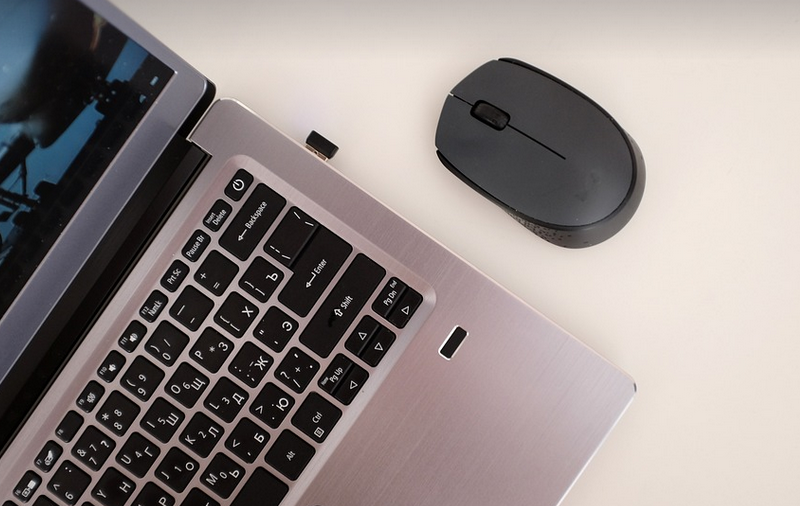Understanding the Basics
Engineering Portfolio for FIRST Tech Challenge (FTC) is a crucial aspect of competition, a fantastic opportunity for students to showcase their engineering skills and passion. It involves designing, building, and documenting innovative robots that tackle real-world problems in an exciting, collaborative environment.
The FTC competition demands meticulous planning and execution, encompassing every stage from concept to deployment. But beyond the technical aspects, there’s a clear set of requirements to meet and ensure your team’s work is assessed fairly by judges.
At its core, the Engineering Portfolio serves as a record of your team’s journey throughout the FTC season. It’s about demonstrating the learning process, showcasing the technical skills acquired, and highlighting the innovative approach that led to successful robot design.
The FTC regulations provide specific guidelines for this portfolio, outlining what needs to be included and how it must be presented. Understanding these requirements is vital for students and mentors alike.
To delve deeper into the specifics of FTC Engineering Portfolio requirements, let’s explore various aspects that contribute to a comprehensive and impactful submission.
Key Requirements: A Comprehensive Overview
First and foremost, understand that the Engineering Portfolio is not simply about documenting your robot design. It’s a holistic representation of your team’s entire FTC experience.
**1. Robot Design & Build Documentation:** The most critical aspect of the portfolio is the detailed documentation of your robot’s design and build process. This section should include the following:
**a) Technical Specifications Sheet:** This crucial document outlines your robot’s unique features, specifications, and performance capabilities in detail.
**b) Build Process Documentation:** Detailed plans, blueprints, schematics, 3D models, and progress photos are essential to showcase the entire build process.
**c) Performance Data & Analysis:** Data on your robot’s functionality, performance metrics (speed, efficiency, accuracy), and any recorded gameplay footage from FTC events should be included. This provides tangible evidence of your team’s efforts in action.
**2. Team Involvement and Collaboration:** Beyond technical skills, the Engineering Portfolio emphasizes teamwork and collaboration. Include:
**a) Teamwork Documents:** Highlight your team’s communication strategies, project management methods, roles and responsibilities, and any notable challenges they faced.
**b) Project Management Documentation:** Evidence of how the team managed their time, resources, and progress through the FTC season is crucial. This might include a Gantt chart or timeline summary.
**3. FTC Competition Participation & Performance:** As you document your robot design and build process, don’t forget to showcase your participation in the FTC competition itself.
**a) Competition Logs:** Detailed logs of your team’s performance throughout the season, including scores, challenges faced, and strategies adopted during competitions.
**b) Competition Performance Videos:** Videos showcasing your robot’s performance at different stages of competition, along with any notable successes or failures.
**4. Presentation & Communication:** The Engineering Portfolio is not just a collection of documents; it’s also an opportunity for your team to showcase its technical insights and communication skills.
**a) Presentation Skills:** Ensure your portfolio includes well-structured, engaging presentations showcasing the robot design, build process, performance data, and key learnings.
**b) Communication Documents:** Highlighting team members’ individual contributions and presenting their roles in a clear and concise manner.
**5. Ethical & Safety Standards:** The Engineering Portfolio emphasizes ethical conduct and safety throughout the FTC season. Ensure your documentation includes:
**a) Ethical Considerations:** A statement outlining your team’s commitment to fair play, respect for competitors, and adherence to FTC rules and guidelines.
**b) Safety Protocols & Procedures:** Details on how your team followed safety protocols throughout the build process and operation of the robot. This could include information on operating procedures, risk assessments, and accident reporting.
Why is this Important?
The Engineering Portfolio serves as a vital record for FTC teams and their mentors. It provides:
**1. Transparency & Accountability:** Provides judges with a clear understanding of your team’s skills, processes, and commitment to the competition.
**2. Competitive Advantage:** A strong portfolio strengthens your team’s competitive edge by demonstrating a well-developed understanding of the FTC rules, regulations, and technical skills.
**3. Continued Learning & Growth:** The portfolio serves as a valuable tool for reflecting on successes and challenges encountered throughout the FTC season, facilitating continuous learning and improvement. This becomes an asset for future competitions and academic pursuits.
**4. Future Opportunities:** Having a well-documented Engineering Portfolio can open doors to future opportunities in STEM fields, scholarships, college applications, and industry internships.
In conclusion, the FTC Engineering Portfolio is more than just a document; it’s a powerful tool that empowers students to showcase their unique skills, learn from their experiences, and prepare for successful futures in engineering.
By thoroughly understanding the FTC requirements and diligently documenting your team’s journey, you create a lasting record of your accomplishments, paving the way for future success both on and off the competition field.
